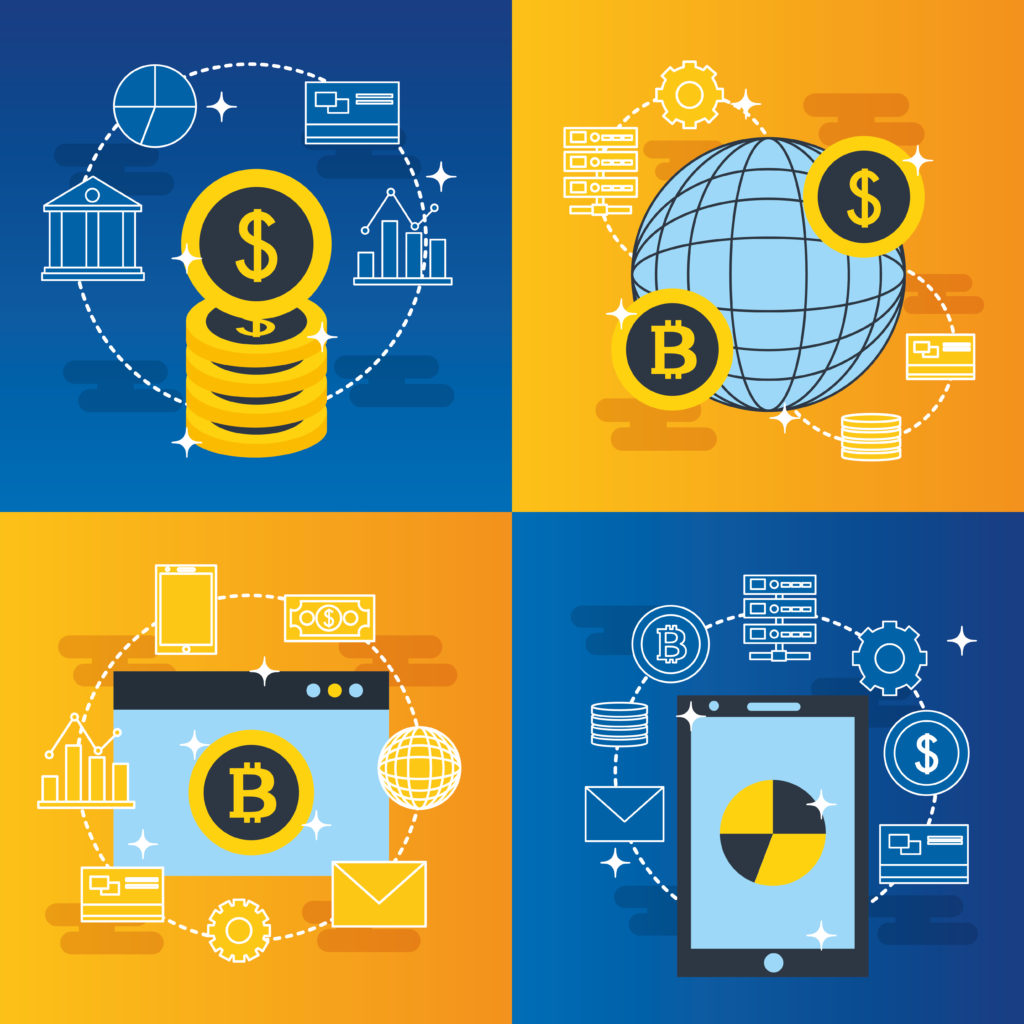India has overshadowed United Kingdom, Germany, and Singapore with 1,500 fintech start-ups according to a study conducted between 2015 to 2018. As per the market data forecast, it is expected to grow at a CAGR of 23.41% from 2021 to 2026. With the progress of augmented reality, virtual reality, the internet of things, and blockchain, fintech is going to flourish in the future.
What is Fintech?
Fintech is a mix of finance and technology. It leverages data and innovation along with technology. Credit unions or banks that are innovative; digital platforms that provide financial products and services can be referred to as fintech companies. A few companies operate as banks that provide loans along with other financial products whilst providing customers innovative solutions.
How Fintech Shapes the Financial Service Firms?
Services like application programming interfaces (APIs), big data analytics, social media networks, 3D printing, cloud computing, and mobile applications are meant to increase efficiency and reduce costs. Fintech also creates inclusion for people without bank accounts by giving them access to financial services with cutting-edge technology that are simple.
Let’s check out how Fintech impacts the banking sector.

- Mobile Banking: While traditional banks have always been a safe and convenient investment choice, they have been forced to compete with fintech companies. This is because fintech companies provide functions like microfinancing, credit applications, P2P (peer-to-peer) payment platforms, digital currency, etc., that are focused on mobile technology. While fintech companies move towards web applications from mobile platforms, banks must update their internet offerings with custom mobile app development to compete.
- Online Transactions: Due to the provision of convenient tools for consumers to conduct transactions, the fintech industry has become highly competitive. With the help of online stock trading services and lenders, people can borrow money without leaving their homes. Many banks are now offering mobile apps like Paytm and PhonePe that allow them to keep up with fintech companies. Due to the progress of fintech services, countries like Singapore and Canada have gone 70%+ cashless.
- Omni-channel & Branchless Banking: A bank without physical branches is called a branchless bank. With the help of virtual assistants, it manages queries through social media or emails. Some banks even use chatbots with voices that mimic human assistants. These banks use social media channels as well to make their presence felt.
- Smart Chip Technology: Smart chip cards are not just limited to ATMs anymore. They are offered by various financial institutions which can be used at places accepting Visa or MasterCard. For every transaction, a unique one-time password is generated which makes it difficult for fraudsters to clone cards.
- Blockchain: Blockchains are used to keep track of purchases. It is a digital ledger that contains information about every transaction that occurs between parties. These records themselves create a blockchain. Each block represents a single transaction that can be verified in real-time and which cannot be modified by anyone. So, in the case of banks, they all have a single ledger on an open network that can be viewed by everyone instead of every bank maintaining its own ledger.
The growth and innovation of fintech companies, banks, and other financial institutions through the use of technology can change the way people borrow, invest, spend and save. The future is bright for those that succeed.




